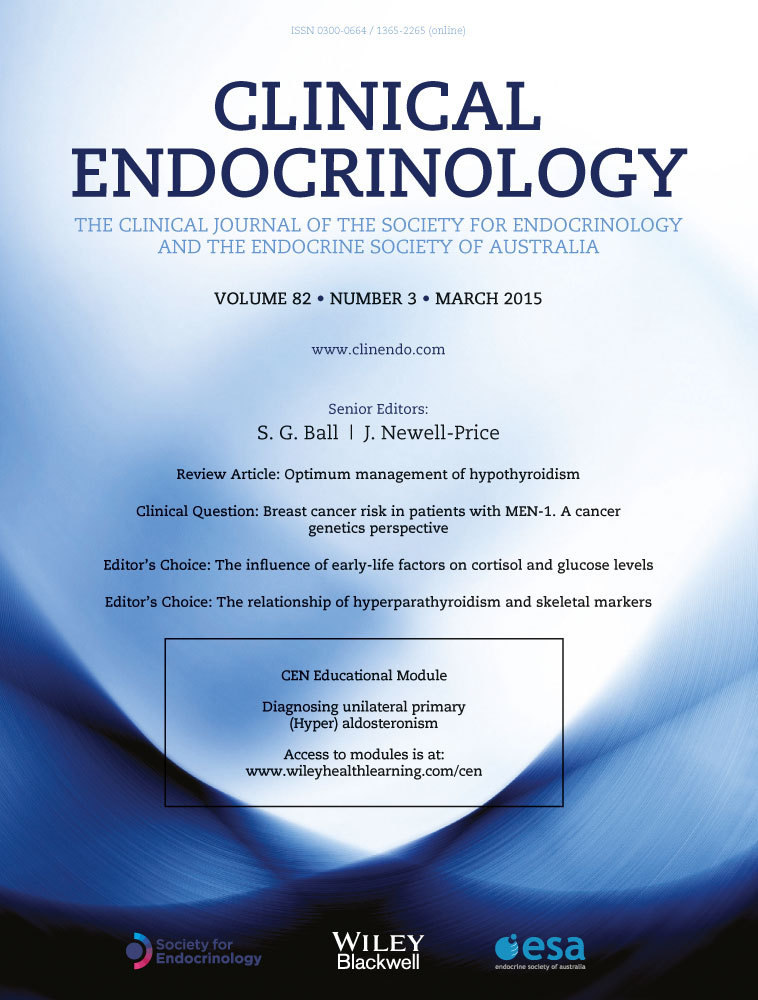Thyroid imaging reporting and data system score combined with Bethesda system for malignancy risk stratification in thyroid nodules with indeterminate results on cytology
Summary
Context
The thyroid imaging reporting and data system (TI-RADS) was designed to better select patients who had undergone fine-needle aspiration biopsies (FNABs) with high sensitivity and accuracy. However, the combination of TI-RADS scores and Bethesda system categories in indeterminate thyroid nodules has not been examined extensively.
Objective
This study aimed to stratify indeterminate thyroid nodules (Bethesda categories III, IV and V) according to risk of malignancy as determined by combining TI-RADS score with Bethesda system classification.
Design
Retrospective study. Histopathological, cytological and ultrasound (US) data were available for 242 cases after surgery, including 136 indeterminate nodules.
Methods
All thyroid cytopathological slides and US reports were reviewed and classified according to Bethesda system and TI-RADS categories. The malignancy rate was determined for each Bethesda category, TI-RADS score and both methods combined of indeterminate nodules.
Results
The malignancy rates were 8·7%, 51·3% and 67·5% for Bethesda categories III, IV and V, respectively. Based on histopathological comparison, the accuracy was 66·7% for TI-RADS greyscale. TI-RADS 3 and 4A scores were observed in 80% of Bethesda III cases, which led to 80% sensitivity and 90% of negative predictive value (NPV). In contrast, for nodules scored as TI-RADS 4B and 5, the combined cytological results of Bethesda IV and V resulted in a higher risk of malignancy (75% and 76·9%, respectively, P < 0·001).
Conclusions
In view of the high NPV of TI-RADS 3/4A only in Bethesda III category, a surgical approach could be considered for lesions defined as Bethesda III, IV and V when TI-RADS 4B and 5 were concomitant.




